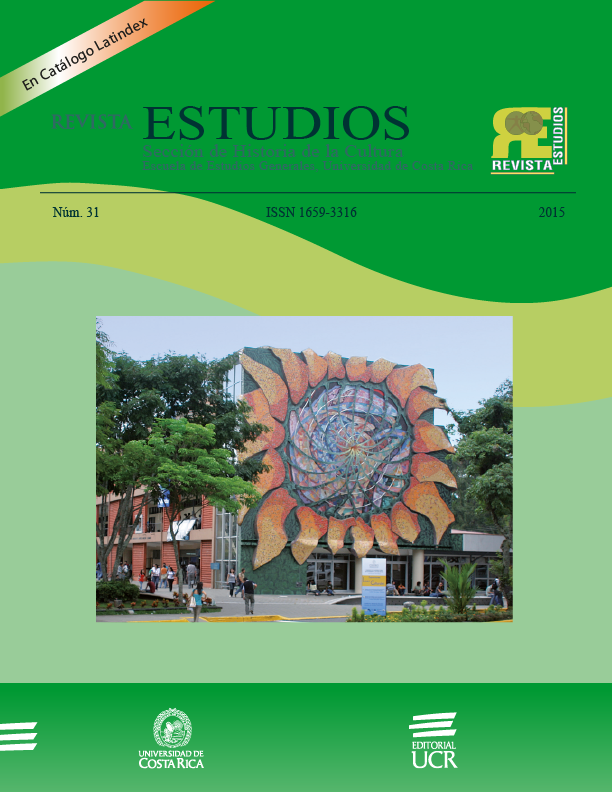Abstract
Since the human being marked his footprint in the rock caves of Altamira, Spain and other places of our planet; manifested its art and left its state with shapes and stains. Observing these signs wonder and amazes; bing facing each art carries directly to the real moment, that magical space that conveys sensitivity in each stroke to communicate their state.The human being to capture every trace in caverns, and every image left its legacy; marked the moment in each stroke, each color adventure captured in the rock. He painted his day, his experience, his anguish, death, blood, joy for hunting and actually marked his reality on the “litho” (stone) which would report the chronicle of his life. Today the story is communicated in another way, but it will be always through this “graphic” (write), which shows their daily lives.
The process of print communication begins 500 years ago, with the development of the mobile types of Gutenberg, which brought a cultural and economical development for the society, because the texts were easier to reproduce.
The printed means of communication media have been in different contexts of the society. They have witnessed and communicators of the many protagonists of the history told in its pages.
The target in these articles is that the reader improves the use and management of the graphic elements that are available at the moment of publishing the editorial design or as it is also known by the term layout.
The proposal of this text emerges from the need to improve graphic communication in the print media, mainly by difficulty showed in some graphical reading media to communicate their content to readers.
References
Bibliografía
Ambrose, G y Harris, P. (2005). Imagen. España: Parramón.
Ambrose, G y Harris, P. (2008). Retículas. España: Parramón.
Ávila, R.(2009). De la imprenta a la Internet: la lengua española y los medios de comunicación masiva. México: El Colegio de México.
Bhaskaran L. (2006).¿Qué es diseño editorial? Barcelona, España: Editorial Index Book S. L.
Canga, J. (1994). El diseño periodístico en prensa diaria. Normas básicas. Barcelona España: Bosh Casa Editorial, S. A.
Carter, D. (1999). The Big Book of logos. EE. UU: Editorial HBI.
Chaves, N. (1996). La imagen corporativa. Barcelona, España: Editorial Gustavo Gili, S. A.
Costa, J. (2006). Imagen corporativa en el siglo XXI. Argentina: La Crujia Ediciones.
Costa, J. (2008). Diseñar para los ojos. España: Costa Punto Editor.
Costa, J. (2008). La forma de las ideas, cómo piensa la mente estrategias de la imaginación creativa. España: Costa Punto Editor.
Cruz, J. (2009). Imagen: ¿signo, icono o ídolo? México: Siglo veintiuno editores.
Dabner D. (2007). Diseño gráfico fundamentos y prácticas. Barcelona, España: Blume.
De Buen, J. (2008). Manual de diseño editorial. España: Ediciones Trea, S. L.
De Buen, J. (2011). Introducción al estudio de la tipografía. España: Ediciones Trea, S. L.
De Pietro, S y Hamra, P. (2010). Diseñar hoy, visión y gestión estratégica del diseño. Argentina: Nobuko.
Dondis, D. (2010). La sintaxis de la imagen, introducción al alfabeto visual
España: Editorial Gustavo Gili, S. L.
Elam, K. (2007). Sistemas retículares, principios para organizar la tipografía. España: Editorial Gustavo Gili, S. L.
Elizondo, J. (2009). La Escuela de Comunicación de Toronto. Comprendiendo los efectos del cambio tecnológico. México: Siglo veintiuno editores.
Estrada. S. (2010). Desarrollo de un proyecto gráfico. España: Index Book S. L.
Hall, S. (2007). Esto significa esto, esto significa aquello, semiótica: Guía de los signos y su significado. Barcelona, España: Editorial Blume.
Haslam, A. (2007). Creación, diseño y producción de libros. Barcelona, España: Blume.
Jijena, R. (2008). Imagen personal, profesional y corporativa, Cómo mejorarla, sostenerla o revertirla. Buenos Aires. Argentina: Nobuko.
Johansson, K; Lundberg, P y Ryberg. (2011). Manual de producción gráfica recetas. España: Editorial Gustavo Gili, S. L.
Jury, D. (2007). ¿Qué es la tipografía? Barcelona, España: Editorial Gustavo Gili, S. A.
Koch, R. (2000). El libro de los símbolos. México: Grupo Editorial Tomo S. A. de C.V.
Koren, L y Wippo, M. (2009). Recetario diseño gráfico. España: Editorial Gustavo Gili, S. L.
Lidwell, W; Holden, K y Butler, J. (2011). Principios universales de diseño. España: Blume.
Martín, J; Mas, M. (2007). Manual de tipografía. Valencia, España: Campgrafic.
Munari, B. (2010). Diseño y comunicación visual, contribución a una metodología didáctica. España. Editorial Gustavo Gili, S. L.
Rojas, M. (2007). La creatividad desde la perspectiva de la enseñanza del diseño. México: Universidad Iberoamericana.
Samara, T. (2009). Los elementos del diseño. Manual de estilo para diseñadores gráficos. España: Editorial Gustavo Gili, S. A.
Samara, T. (2010). El diseñador como chef. España: Editorial Gustavo Gili, S. L.
Samara, T. (2011). Diseñar con y sin retícula. España: Editorial Gustavo Gili, S. L.
Tondreau B. (2009). Principios fundamentales de composición 100 proyectos de diseño con retículas. España: Blume.
Trémoli A. (2008). Diseño del libro, construcción de la página. Argentina: Nobuko.
Weber, M. (2010). Nuevas tendencias en maquetación y diseño editorial. España: Maomao Publications.
Zappaterra, Y. (2008). Diseño editorial periódicos y revistas. Barcelona, España: Editorial Gustavo Gili, S. A.
Tesis
Diseño, ilustración y elaboración de la imagen gráfica para la colección de libros de artistas costarricenses dirigidos a niños. 2002 Tesis, UCR, N.º 2118.
Propuesta de un Sistema de Comunicación Gráfico para la lectura en el periódico Eco Católico. 2012, Tesis UCR.
Artículos
Ramírez, F. (2011). Dimensión cultural de la gráfica en el diseño de cubiertas de libros. Revista Herencia. Editorial de la Universidad de Costa Rica.

